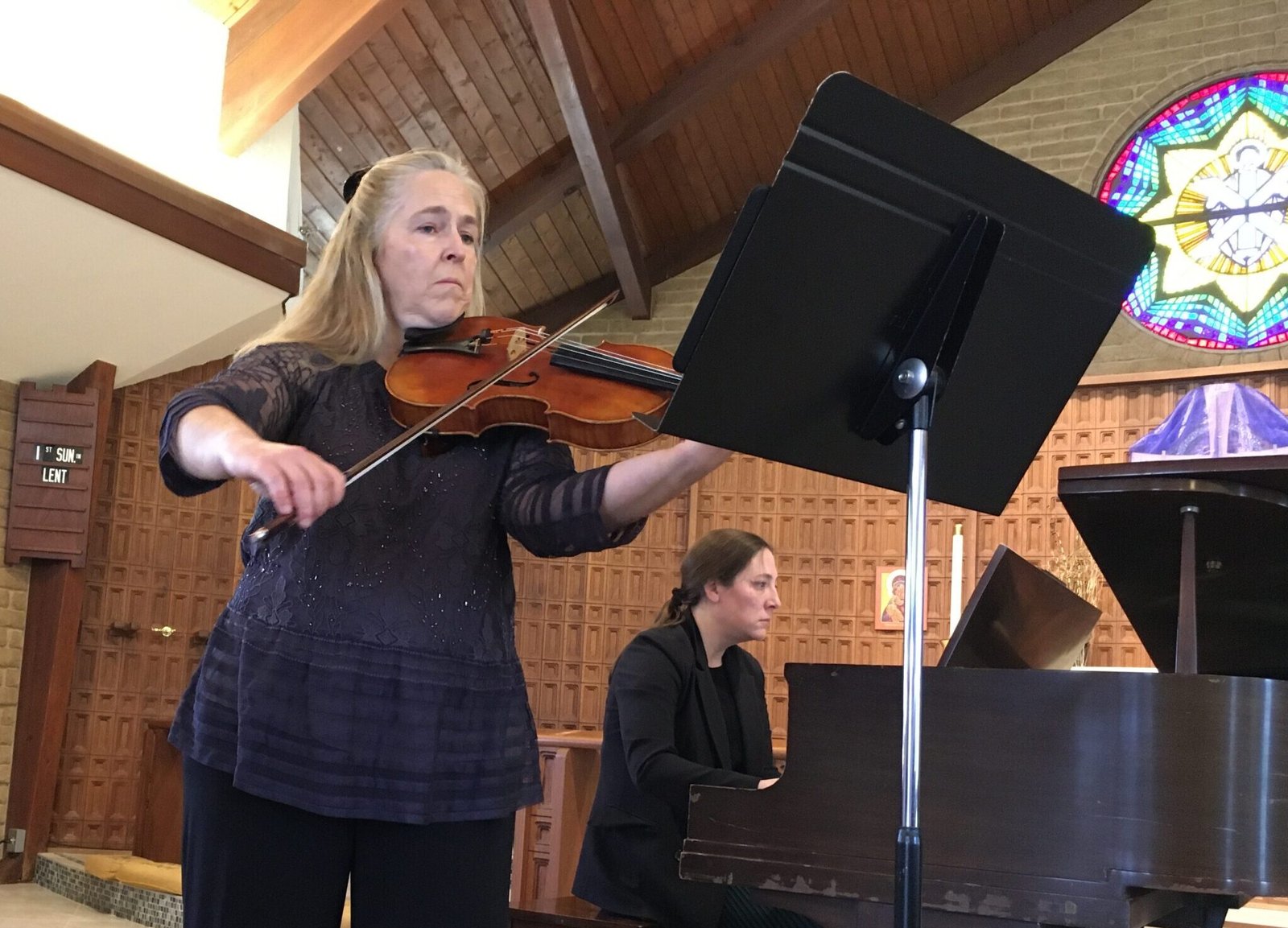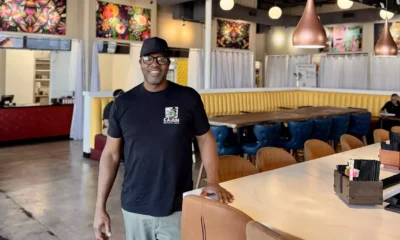arts and culture
Schwandt and Fincher: A Safe Haven for the Moderns

St. Andrew’s Episcopal Church kicked off its spring “Shout for Joy” concert series on March 9, featuring a captivating viola recital by Jacquelyn Schwandt, principal violist of the Flagstaff Symphony. Accompanied by Aimee Fincher from Northern Arizona University, the duo explored 20th- and 21st-century compositions.
The program commenced with Dmitri Shostakovich’s Viola Sonata, his final work completed in 1975. The initial movement set an introspective tone, as the viola began with a hesitant pizzicato, weaving through dissonant piano chords. This marked the composer’s exploration of 12-tone technique, a method that has since found its way into film and television, often embodying the discomfort of the 20th century.
Shostakovich’s sonata paints a vivid picture of solitude, with the viola’s melodic wanderings echoing across an empty landscape. These musical choices evoke the somber ambiance reminiscent of the composer’s preceding score for “King Lear.” The first movement transitions into dramatic chords and complex solos, emphasizing mood over structure.
The second movement shifted gears, offering a lively and slightly folksy vibe. Here, Schwandt’s viola found its voice amidst energetic piano support. A standout moment emerged through a Turkish-style passage, capturing the audience’s interest. In contrast, the third movement, influenced by Beethoven’s “Moonlight Sonata,” introduced a softer tone, although it lingered in sorrow more than complexity.
Despite the angst in Shostakovich’s writing, Schwandt and Fincher navigated the intricate demands of the sonata admirably. Schwandt’s solos conveyed depth without excessive emotion, showcasing the duo’s seamless collaboration, particularly evident in the ethereal conclusion of the first movement.
Post-intermission, Schwandt promised an uptick in mood, which she delivered with Nadia Boulanger’s “Trois Pieces.” The first segment, “Moderato,” offered a clear melody from the viola, complemented by finely detailed piano work. The second movement, graced with French charm, served as a nostalgic return to serenity after the preceding tension. The final piece in this trio burst with energy, mirroring the exuberance of a cabaret performance, marked by Schwandt’s elegant flair.
The concert concluded with Amanda Harberg’s “Philadelphia Suite,” completed in 2007 and inspired by her childhood. The opening piece, “Close Call,” featured the viola mimicking a ukulele, with vibrant piano passages evoking morning optimism. As they transitioned into the second movement, “Kingfisher,” the music took on a more timid tone, later evolving into stability.
The enthralling finale, “Urban Hootenanny,” showcased fast-paced bluegrass elements, playfully colliding the two instruments in syncopated laughter. This lively exchange painted an image of joyful revelers in a dance hall, fulfilling the composer’s intent remarkably.
The next event in the “Shout for Joy” concert series is scheduled for March 16, featuring an art song recital by Christine Graham, Andrew Stuckey, and Robert Mills.


















